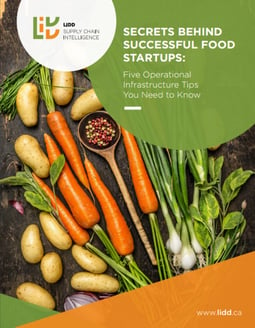

A startup food manufacturer planned to sell its new product as a subscription service direct to consumers online, sending customers a box of food on a recurring basis.
The founders built their supply chain infrastructure – mainly custom order management software and a third-party logistics contract to handle fulfillment – to support the subscription model.
A few months after launching, the company could see demand for the product in the market, but subscriptions weren’t taking hold. Customers kept asking to buy the product a la carte. At the same time, the company made a few opportunistic bulk sales. The founders now wanted to sell in ways they hadn’t previously anticipated, but their narrowly focused infrastructure couldn’t easily handle the new sales channels.
Their system only understood recurring orders of one box per customer. There was no way for an individual to buy a different quantity of food, and wholesale orders had to be recorded manually outside of the system.
The company managed to readjust after a couple months, but not without a lot of scrambling and headaches that could have been avoided with more foresight.
As you start your business, you’ll develop a plan for how to sell your product. While honing your marketing message and raising capital, you’ll focus in on the distinct sales channels which will define your company. Perhaps you’ll sell direct to consumers through a website. Maybe you’ll try local markets and pop up shops, or you might convince wholesale distributors to carry your product.
But, experience shows that you’ll likely end up changing or adding to the first sales channel you try. This kind of change is natural, so plan ahead and build infrastructure and processes that are not too narrowly defined. Pick systems and partners, e.g., third-party logistics providers (3PL s) that can handle diverse types of orders. You may not have the bandwidth to implement procedures for multiple sales channels at the beginning, but having sketched out alternative plans will help you pivot quickly down the road.
Interested in learning more? Download LIDD’s eBook Secrets Behind Successful Food Start-ups.


